Beetroot and beetroot juice: when to introduce into a child’s diet?
Beetroot is a vegetable that is very beneficial for the body. In baby food, he must be present necessarily. But at what age, in what quantities to give beets, how to cook it for a baby and is it possible to squeeze juice from the root? The article will help to understand all the important issues regarding the inclusion of beets in the menu of children.
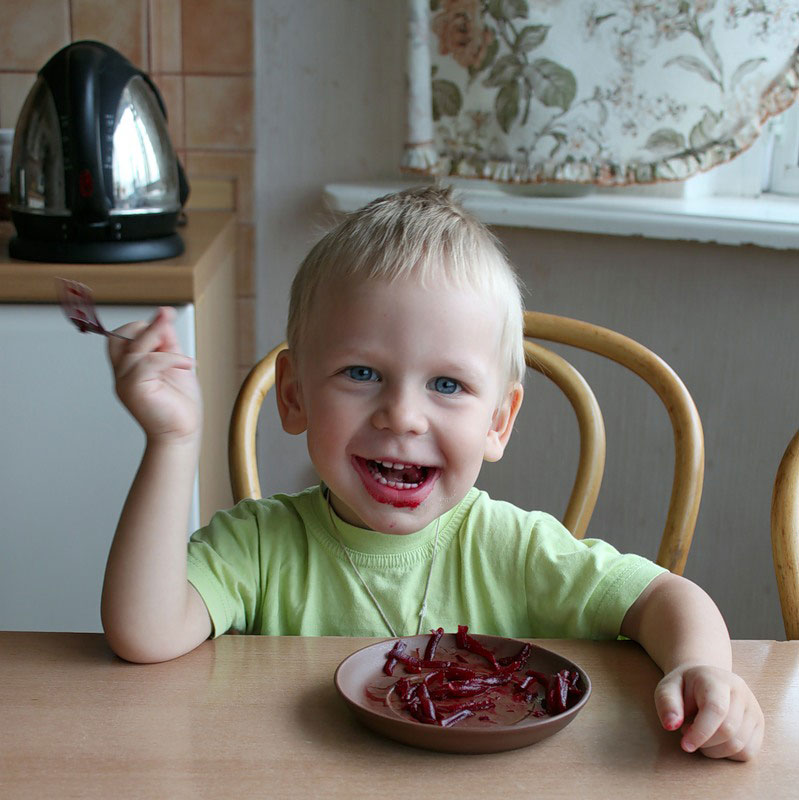
The benefits of beets for the body
Most nutritionists advise regularly eating beets and dishes from it. This vegetable has a positive effect on digestion, and all thanks to its rich composition. The main beneficial effects of the root crop are as follows:
- Due to the vast amount of vitamins in the composition of beet pulp, its consumption in food will have a good effect on the development of the baby - both mental and physical. Also, the product will help normal functioning of all internal organs, systems.
- In the root crop there is a sufficient amount of minerals - iodine and iron, and this is the prevention of anemia and iodine deficiency.
- In addition to these microelements in beets, there are other minerals and mineral salts, so the product will positively affect the metabolism.
- If you eat beets regularly, then it will strengthen the walls of blood vessels, contribute to the good functioning of the blood-forming organs, and reduce nervous excitability.
- The child’s immune system after consumption of beets will work more harmoniously, because the vegetable has immunomodulating and antioxidant properties.
- If the child is given light beet salads or mashed potatoes, then he will not have problems with the intestines, the main of which at a tender age is constipation.
- Beetroot is very useful for the liver, it is a natural hepatoprotector, which is important for any person.
Are root vegetables harmful?
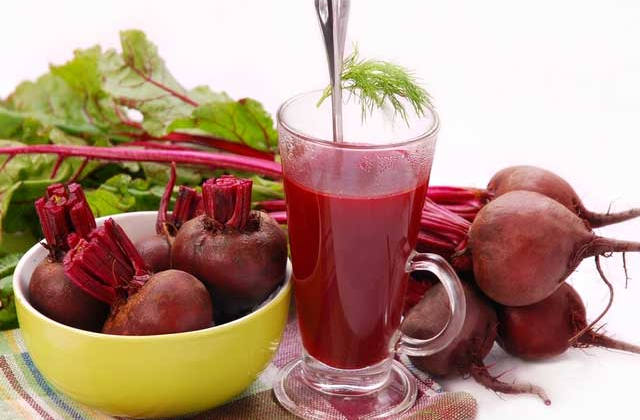
- If the beets are not grown in an ecologically clean place without the use of herbicides and soil improvers, then there is a possibility of the presence of harmful impurities in it. A vegetable has the ability to take salts, nitrates, and other substances from the soil that are not at all necessary for the child's body. Therefore, a large number of beets can adversely affect the functioning of the kidneys.
- Beets can lower blood pressure. If for many adults with vascular and heart diseases this property of beets will only benefit, then babies can be harmed.
- If the child is prone to diarrhea, then eating beets is often contraindicated for him.
Beet consumption must be moderate, not uncontrolled, otherwise you can achieve unpleasant effects!
At what age can I give a baby?
Only after the child has already visited the menu other vegetables (zucchini, pumpkin, potatoes, broccoli, cauliflower, carrots), they begin to introduce beets into his diet. If allergic reactions were not noted, there is no tendency to allergies, then the age of the introduction of beets is8-9 months. If the baby is allergic, he is diagnosed with diathesis, then you will have to forget about beets for up to a year (at least).
If the child does not have allergies and has problems with stools, intestinal motility is reduced, then this can become the basis for introducing the root crop into the menu after 6 months.It is strictly forbidden to make this vegetable the first meal of complementary foods - it will be very difficult for the body not accustomed to plant foods to absorb a product with a lot of fiber!
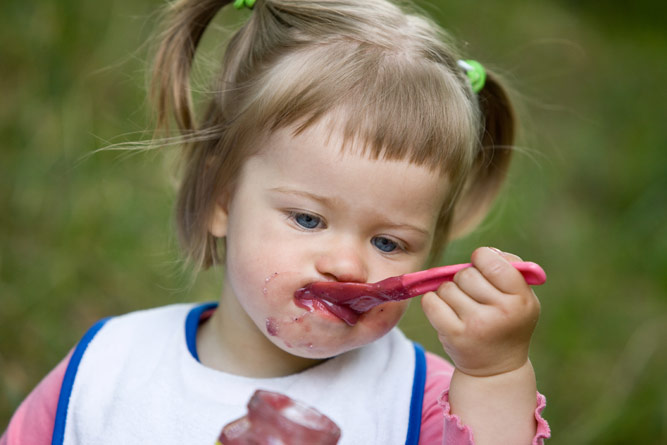
Beetroot and constipation: does it really save you from a problem?
YES, it helps. There is a lot of fiber in the vegetable - a variety of carbohydrates, which, for the most part, is not digested in the intestine, but helps to carry out normal digestion. As a result of the inclusion of beets in the menu, intestinal motility increases, it pushes stagnant stool and eliminates constipation. FROMthe eyelid eliminates constipation and is their excellent prevention, so you must eat it!
Can beets cure a runny nose? How to make drops?
It may seem strange, but beet juice treats rhinitis (runny nose) well. For this purpose, use the juice of raw or boiled vegetable. Drops are prepared as follows:
- Wash the beets, grate;
- Squeeze the juice from the grated root with gauze;
- Dilute juice with water (take water and juice equally 1 to 1)
- Drip in the baby's nose 2 drops 4 times a day.
This recipe is suitable for infectious rhinitis in children and adults. Allergic rhinitis with beet juice cannot be treated!
How to introduce a vegetable to the baby’s diet?
The allergenic properties and the laxative effect of the root crop make it very cautious to act on its introduction to the menu. It is best to make mashed potatoes from vegetables already familiar to the child, and add a little boiled root juice (literally half a teaspoon) to it. If the reaction of the body is normal, allergies do not occur, then the next time you can add more juice.
When the “experiments” with juice begin to go well, it is worth trying to make beetroot puree and give the child ½ teaspoon. It is important to feed your baby with the product in the morning, to be sure to note the tolerance of the product per day.
How many beets can a child eat?
Starting to introduce beets into the diet of an 8-9-month-old baby, this root crop is given together with other vegetables in an amount of no more than 1/3 of the weight of the entire vegetable dish. By year, the number of beets that can be given to a child in one day is 50 grams. At the same time, it is enough to offer this vegetable to the baby only once a week. After a year to 7 years of age, beets are given in an amount of up to 100 g per day.
Beetroot puree
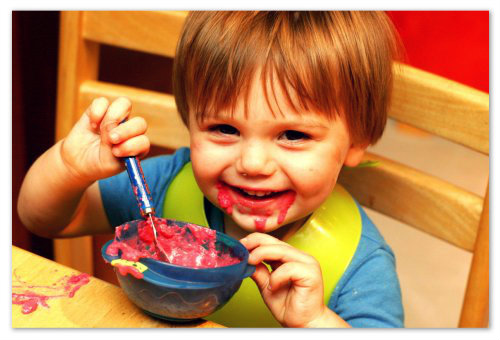
Children under 12 months of age like boiled beets in the form of mashed potatoes, and they simply can’t chew the elastic root crop with the plates. To make mashed potatoes, take beets, vegetable oil, water.
The manufacturing procedure is as follows: the beets are washed very carefully, the leaves are removed, poured with water, boiled to a boil over high heat, then for 10 minutes on low heat. Next, the water is drained to eliminate harmful impurities, poured with fresh water and prepared similarly under a lid for 1-1.5 hours. You can determine the readiness of beets using a kitchen knife - they pierce the beets to the middle of the root crop. If the knife goes smoothly, then the beets are soft and ready.
Cooked beets are dipped for several seconds in cold water to easily peel.The peeled vegetable is triturated on a fine grater or crushed with a blender, a little vegetable oil is added and the mashed potatoes are diluted with boiled water (so that the mashed potatoes are not too thick). This dish is perfect for feeding babies up to 12 months old.
Beetroot puree can be added to rice or buckwheat porridge, apple, potato, squash or meat puree.
Repeated reheating of a dish worsens its nutritional quality, so young children only cook beetroot puree once!
[sc name = ”rsa”]
How to make beet juice?
After a successful start of complementary foods from boiled vegetables, you can try to give your child beetroot juice from raw beets. It is worth remembering that beet juice must be diluted with water or other juices. Juice can irritate the mucous membrane of the stomach and intestines, and it also does not taste very good. On average, the introduction to the juice menu should be at the age of 11-12 months.
The total amount of the proposed crumbs of beet juice should not exceed 1/3 of the volume of the entire drink. Apple-beetroot juice is especially useful for the baby, but it should also be diluted with water due to the large amount of acid in apples. It is forbidden to take beetroot juice with diabetes mellitus, diarrhea, gastrointestinal tract pathologies, and kidneys.
If a child does not drink raw cheese well, then do not despair. Boiled vegetable gives more benefits to the baby's body than raw. Despite the destruction of some minerals and vitamins after heat treatment, nitrates are also destroyed, and a significant proportion of useful components is still preserved. Boiled beets are absorbed by the child’s body better, which, in the end, will be much more useful.
https://www.youtube.com/watch?v=Rlz-tmyXtuk
It is strictly forbidden to drink raw juice if the baby:
- Suffers from any disease of the stomach;
- Has kidney problems
- Prone to diarrhea;
- Suffering from diabetes.
More recipes
Beetroot salad for children over one year old
From 1 year old, a child can be offered salads with beets, adding prunes to the root crop, for example. The order of preparation of the salad is as follows:
- Soak prunes in boiling water;
- Boil one beetroot, peel it;
- Grate beets on a fine grater;
- Prune cut into thin slices;
- Mix the components;
- Season the dish with sour cream.
Instead of prunes in a salad, you can use carrots (raw or boiled) or an apple. Children after 1.5 years can be given salads with raw beets. In addition to salads, you can include root vegetables in various soups, stews and other dishes, make cutlets from beetroot, pancakes.
Professional chef and young father Oleg Scheinker shows how to cook a delicious beetroot salad for a child:
Beet Cutlets
For a variety of child's menus, you can cook delicious beet patties. Vegetable must be cooked until cooked, peeled, twist in a meat grinder, salt. For 100 g of mass add 10 g of butter, half the yolk, a spoonful of semolina, mix well. While stirring, boil the resulting mass a bit until it thickens, then let it cool. From the mass, mold cutlets, roll in breadcrumbs, fry. When served with cutlets, sour cream is well suited.
Beetroot Stew
The recipe for another root dish is this. Peel and finely dice 300 g of beets and 30 g of carrots, add a small amount of water, add a spoonful of vegetable oil, then wait for the water to boil, reduce heat and close the pan with a lid. Stirring beets with carrots periodically, simmer in a closed container for about an hour. Next, add 2 tablespoons of sour cream, a little salt and sugar to the vegetables, mix and continue to simmer for about ten minutes.
How to choose a good vegetable?
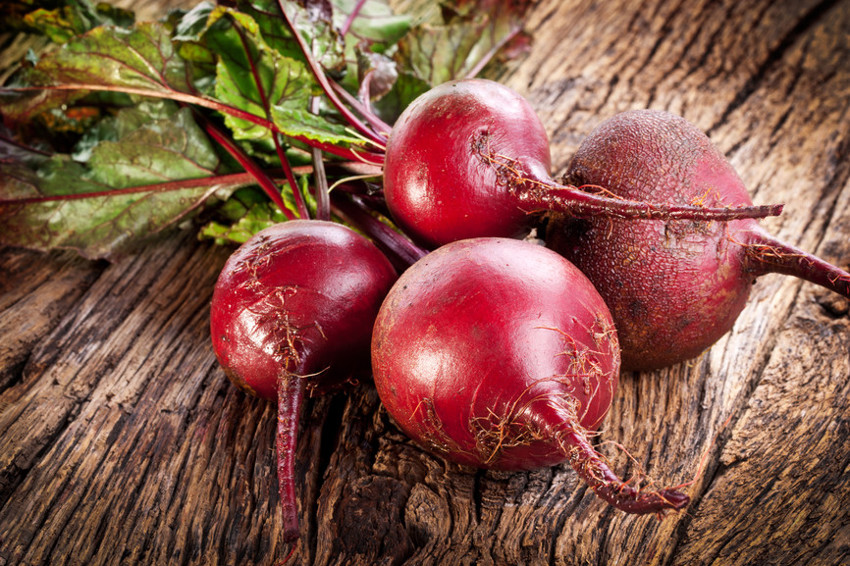
Self-grown beets are the best choice for making children's dishes. Unfortunately, most of us have to buy the product in the store, and there are several recommendations for the purchase:
- Large beets always contain more harmful compounds than small beets.
- Buy for baby food only beets, which have a pronounced burgundy shade.
- The shape of a quality table vegetable is oval, round. There is a fodder beet which has an oblong shape.
- If on the skin of the vegetable there are areas with rot, damage, you can not take such a product. All peel should be strong, dense.
- A soft, flabby vegetable is also not worth buying, it should be firm and even.
Beet allergy - is this possible?
Unfortunately, this root crop sometimes causes food intolerance and allergic reactions, which is why any child is given it, starting with the smallest portion (half a teaspoon of mashed potatoes), to check the body's response. Beet juice is introduced into the menu literally drop by drop. If there are no signs of allergy within 72 hours, you can repeat the reception of juice or mashed beets.
From the forums
About 10 months is definitely possible. But my son was allergic to her (or food intolerance, these are two different things, but seemingly the same thing), and I didn’t give her to my daughter at all. She tried beets in the form of borsch after a year.
Komarovsky’s plan is approximately the same - up to six months - only mom’s milk or mixture, then add kefir (from the dairy kitchen), then porridge or vegetables, first unpainted. Somewhere in parallel - an apple. After porridge (or vegetables) - vegetables (or porridge, depending on what was first). Then the meat. Fish - not earlier than 10 months. Somewhere I personally focused on this plan.Beets are a useful vegetable, in beets there is a lot of iodine and iron and beets are useful for anemia in children and for constipation. But I would still refrain from giving the child beets for up to 1 year, due to the fact that beets cause diathesis. If you decide to give beets up to 1 year, then in small portions and only boiled and watch the baby, usually there are rashes on the beets. If your child is already eating potato dishes, broccoli, cauliflower, pumpkin porridge, boiled zucchini and only after these vegetables should be given beets, if your child has not tried these products, then you do not need to add beets to the diet.
Beets are very rich in fiber and at the age of 1 year, a child will be better at digesting beets.If the child is allergic, then this vegetable should be approached carefully. Once they gave my ward a beetroot salad and she poured it all out, but she had no such reaction to borsch. In Soviet times, we mixed beetroot juice into carrot and apple juice. Of course, they didn’t give it in its pure form. At 8 months, they started giving. And, thank God, the kids were healthy.
Output
- Beets can bring benefits and harm.
- It must be introduced into the diet very carefully.
- According to indications, you can start complementary foods with a vegetable from 6 months.
- With the normal development of the child, his first acquaintance with the root crop occurs in closer to 9 months.
- Babies with obvious signs of diathesis can eat beets only after a year.
- Boiled vegetable is healthier than raw. Boiled beets, unlike many other vegetables, are able to maintain their main beneficial properties.
- For a child, root crops must be carefully selected.
- Beetroot is a tested by people remedy for the common cold and problems with stool.
We also read: Vegetable purees for the first feeding (3 recipes)
Beetroot - useful properties (Live healthy)
https://www.youtube.com/watch?v=5Womc427Unc


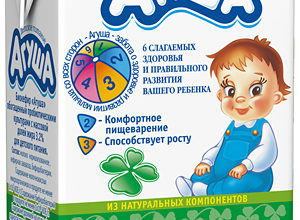

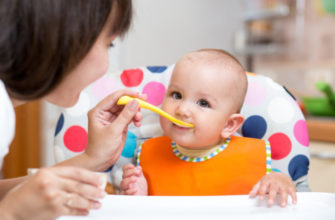

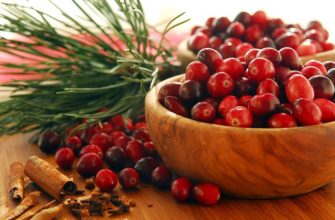
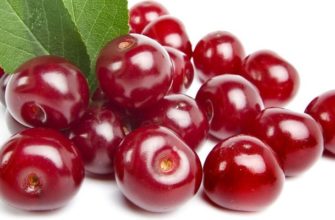
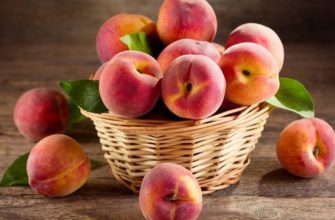
Beetroot really has a strong laxative effect because of this I began to give it to my child after a year. My daughter loves beetroot dishes and eats beetroot caviar and cutlets with pleasure. We also make beetroot juice, only we need to let it stand for a couple of hours before taking all the harmful essential oils. And to take such juice is more useful in combination with other fruits and vegetables, we make with apple or carrots ..
I am very afraid of giving the child beets, I do not know why. It’s just some kind of aggressive vegetable, it’s not for nothing that they say that mothers should not eat all red until a certain period. Fearfully, we are already 8 months old.
My girl occasionally experiences stool problems - constipation. She could not go to the pot for several days because of this and complain of pain in her intestines. At first I bought various medicines at the pharmacy, as well as candles. But since this happened quite often, I did not want to poison the child with drugs. My mother-in-law advised me to give beets, explained that beets have laxative properties and are full of vitamins. I myself certainly wouldn’t have thought of feeding the baby beets. Now the beets are our number one assistant. I periodically give it to my daughter and there are no problems with constipation.
I still do not understand the children better give beet juice boiled or raw ???